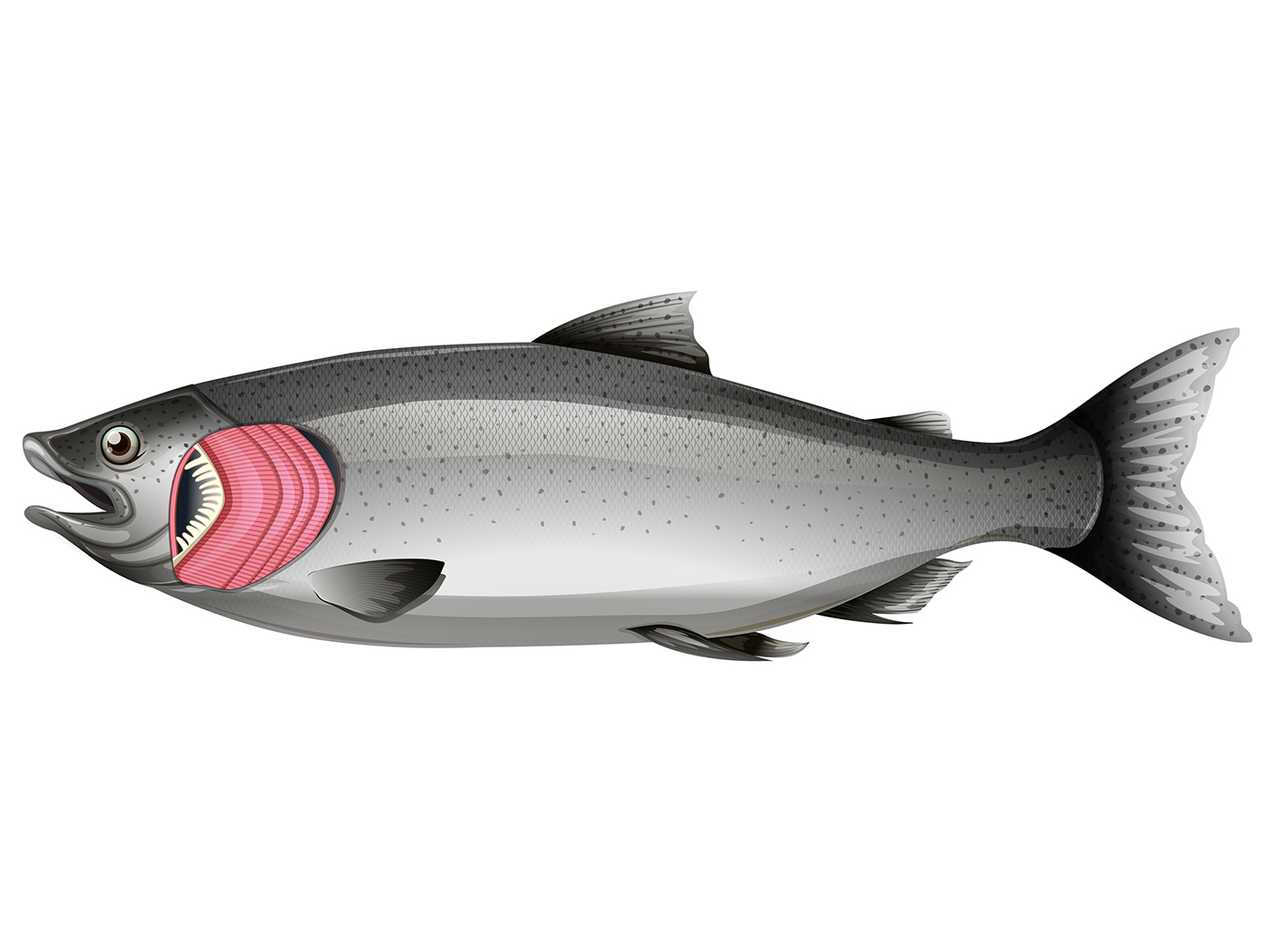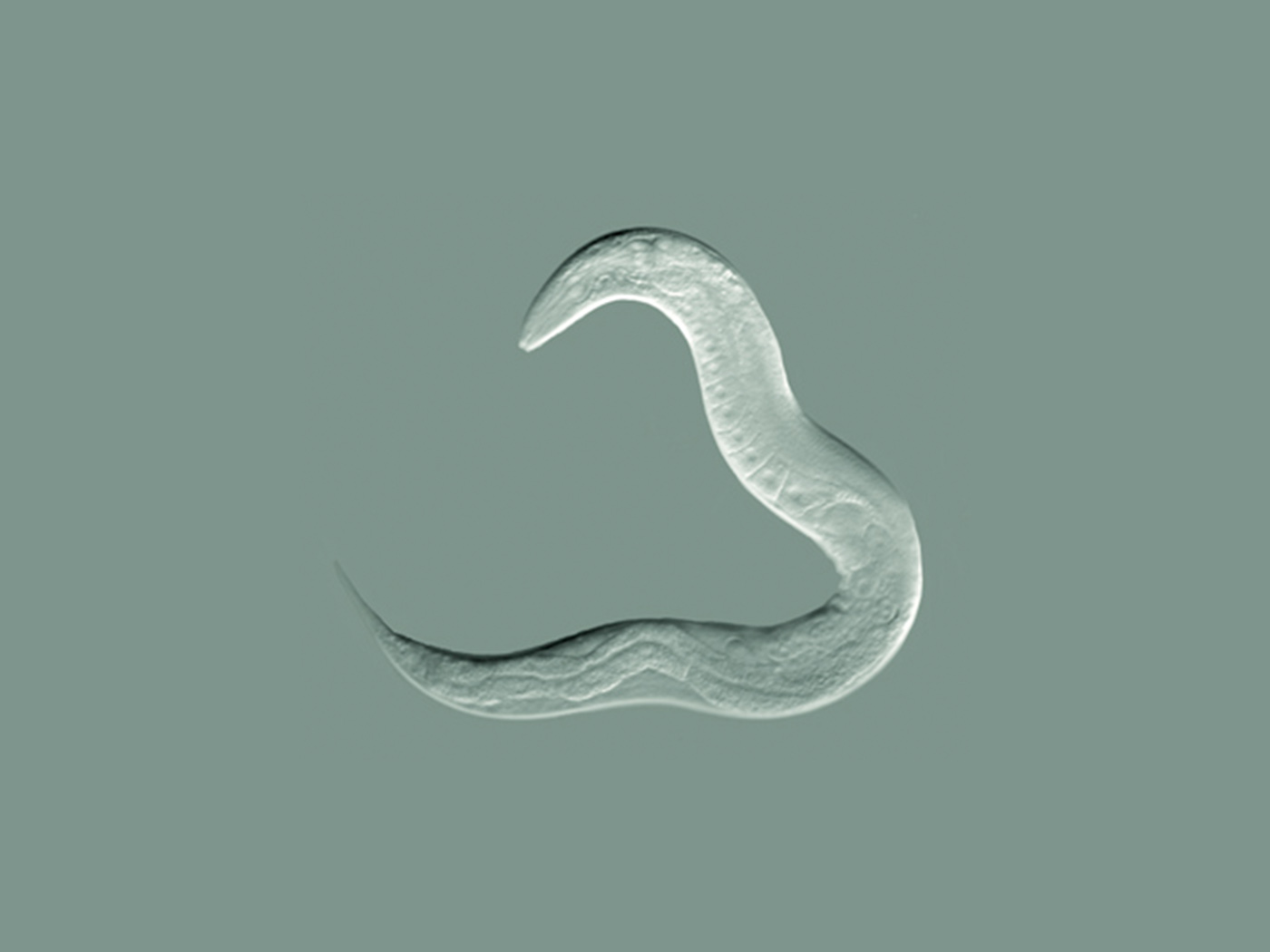Although plants are not alive in the biblical sense,1 scientists continue to discover just how complex they are.2
It has been known for decades that plants have been designed with a fascinating immune system,3 but many questions still remain. Recently, another mystery has been solved: why pathogens cannot ordinarily enter the water pores, called hydathodes, of the leaves.
Viewing the leaves of plants, one may see the process of guttation—the release of drops of xylem sap (containing sugars and potassium) from leaf tips. Guttation occurs mostly at night when humidity is high and transpiration (the release of water vapor through the stomata) is temporarily inhibited. The hydathode is the structure responsible for guttation.
When plants take up more water via their roots than they lose through evaporation, they can use their water pores [hydathodes] on the leaf margins to release excess water. The pores literally prevent root water pressure from becoming too high. This is an important mechanism, but at the same time, risky. Pathogenic microorganisms can enter the plant's veins through these sap droplets to colonize the water pores.4
Because the hydathodes connect the plants vasculature to the external environment, the Creator also designed them as an active part of the defense against bacteria and other invaders, “The biologists discovered that the water pores are part of both the plant's first and second line of defense against bacteria. In other words, they are involved in both the rapid initial response and the follow-up actions against the invaders.”4
The scientists used a model plant called Arabidopsis or thale cress of the Brassicaceae family. This plant is used in botany research labs throughout the world. They also included two types of harmful bacteria: Xanthomonas campestris (a bacterium that causes a number of plant diseases including "black rot" in vegetables such as broccoli, brussel sprouts and cabbage) and Pseudomonas syringae (one of the most studied plant pathogens).
Specifically, the scientists used mutants of Arabidopsis with deficiencies in their immune system that made them more susceptible to infection with the disease-causing bacteria.
What did they find? Two protein complexes were discovered: EDS1-PAD4-ADR1 that mediates (or moderates) Arabidopsis pattern-triggered immunity (PTI).
We propose that the EDS1–PAD4–ADR1 node is a convergence point for defence signalling cascades, activated by both surface-resident and intracellular LRR [leucine-rich repeat] receptors, in conferring pathogen immunity.5
They also discovered BAK1 that interacts with Arabidopsis cell-surface RLK (receptor-like kinase) pattern-recognition receptors that activate PTI.6 These obviously designed and highly intricate complexes prevent bacteria from multiplying in the water pores.
“The same immune responses also prevent these bacteria from advancing further into the plant interior. In addition, we discovered that when this first line of defense occurs, the water pores produce a signal that causes the plant to produce hormones that suppress further spread of the invading bacteria along the vascular system" [Harrold van den Burg, who led the team of researchers]. The team thus provides an important fundamental insight into how these natural entry points for bacteria have evolved and are protected by the plant's immune system.4
Cell biologists of all stripes applaud such groundbreaking research, of course. But creation scientists challenge that these complex natural entry points evolved, evidently through chance and time. Instead, we would say the researchers gained an important fundamental insight into the clear design of these natural entry points for bacteria and are protected by the plant's immune system.
References
1. Morris, J. Are Plants Alive? Creation Q&A. Posted on ICR.org September 1, 1991, accessed February 4, 2023.2. Sherwin, F. Your Flowers are Listening. Creation Science Update. Posted on ICR.org June 20, 2019, accessed February 4, 2023.
3. Sherwin, F. Complex Plant Systems: Rooted in God’s Genus. Back to Genesis. Posted on ICR.org November 1, 2008, accessed February 4, 2023.
4. Science Writer. Water pores in leaves proven to be part of plant's defense system against pathogens. Posted on phys.org February 3, 2023, accessed February 4, 2023.
5. Pruitt, R. et al. 2021. The EDS1–PAD4–ADR1 node mediates Arabidopsis pattern-triggered immunity. Nature 598:495-499.
6. Science Writer. An Arabidopsis regulatory module controlling pathogen resistance triggered by cell-surface and intracellular receptors. Posted on mpipz.mpg.de September 8, 2021, accessed February 4, 2023.
* Dr. Sherwin is science news writer at the Institute for Creation Research. He earned an M.A. in zoology from the University of Northern Colorado and received an Honorary Doctorate of Science from Pensacola Christian College.



















